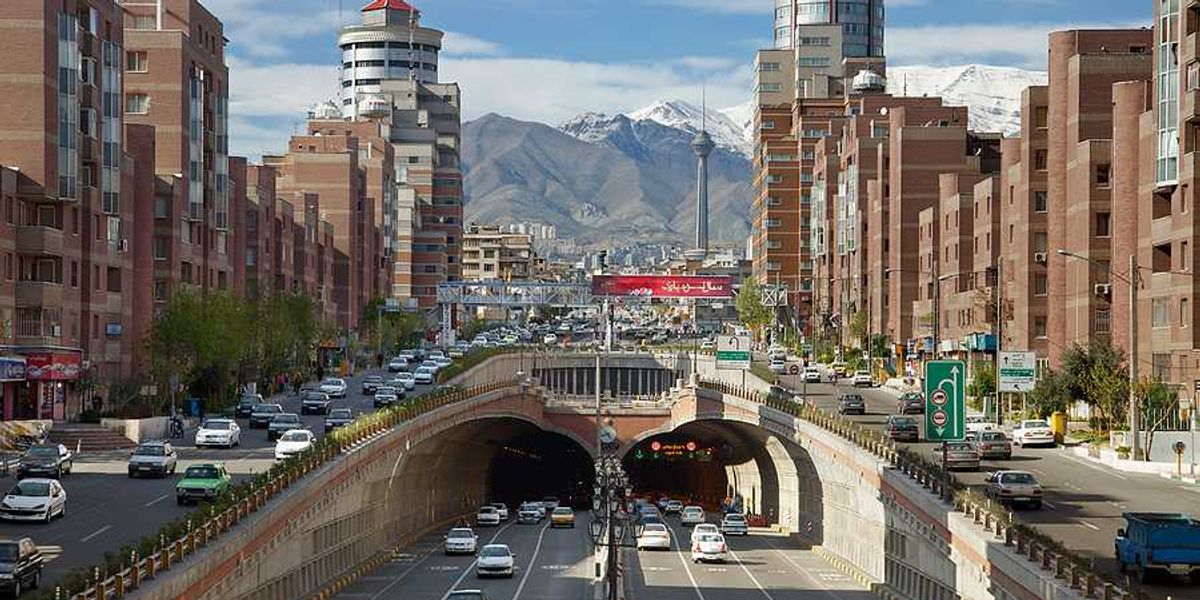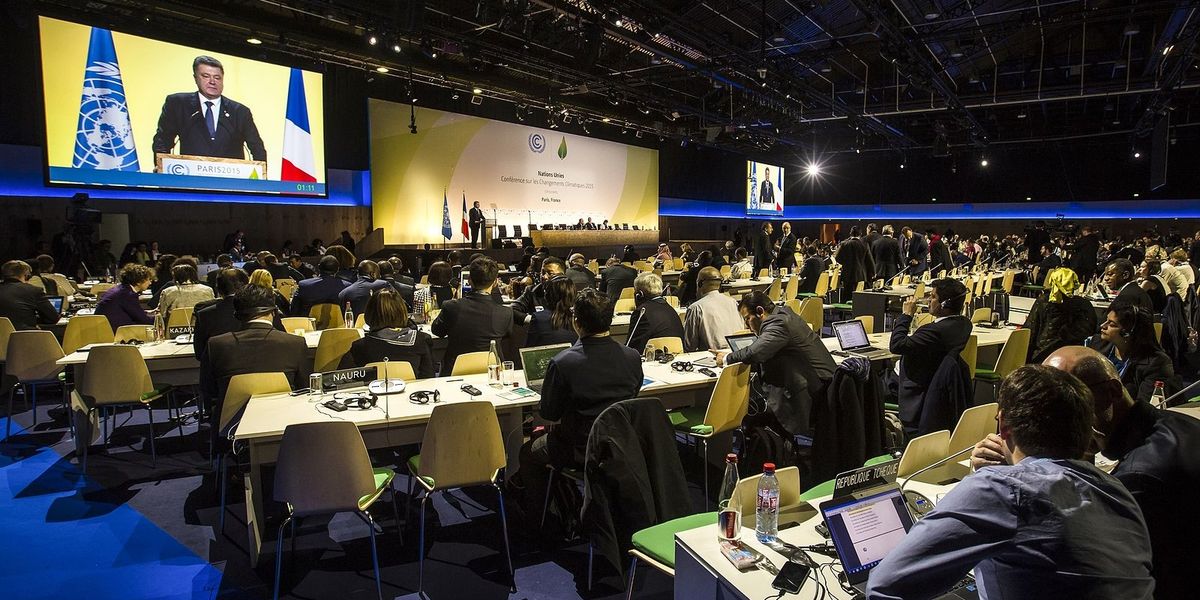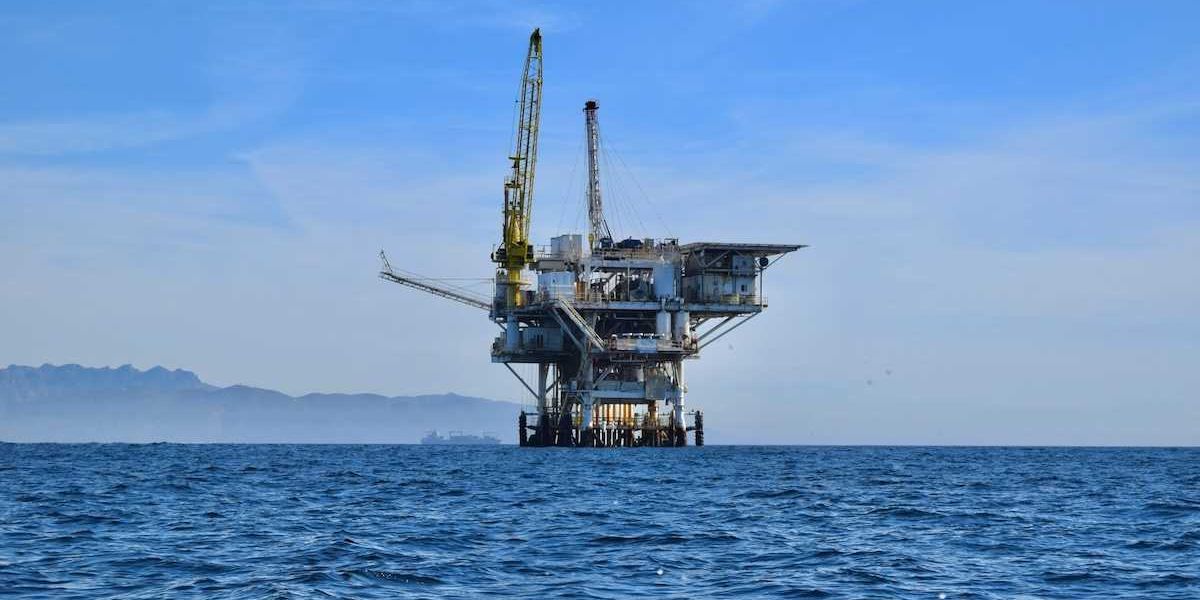Oil companies divide Indigenous Amazon communities where the state fails to show up
In Ecuador’s Amazon, oil companies have taken over the roles of health providers, educators, and employers — fracturing Indigenous communities and undermining their autonomy in the process.
Emilia Paz y Miño and Isabela Ponce report for Mongabay and GK.
In short:
- For decades, oil companies operating in Block 10 have stepped in where Ecuador’s government hasn’t, offering healthcare, education, and jobs in exchange for access to Indigenous land.
- These services come at a cost: Companies pit communities against each other, deepen internal divisions, and offer only short-term benefits while polluting the land and water.
- Indigenous leaders like Rosa Aranda are pushing back, demanding accountability and trying to preserve community control and unity in the face of oil industry encroachment.
Key quote:
“They have provided jobs in certain areas, such as environmental outreach and health care, but not in others, due to a territorial dispute with the community of Villano, who took our places saying that the pipeline doesn’t pass through our land."
— Rosa Aranda, President of Moretecocha, Indigenous governing body formed of eight Kichwa communities
Why this matters:
When extractive industries replace the state, they create dependence and erode the social fabric. Communities once bound together by shared tradition and land are now split by uneven access to oil-funded benefits. In addition to polluting ecosystems, these corporate power grabs leave behind deeper inequality and worsen health outcomes in some of the most remote, vulnerable communities.
Read more: The planet’s largest ecosystems could collapse faster than we thought













